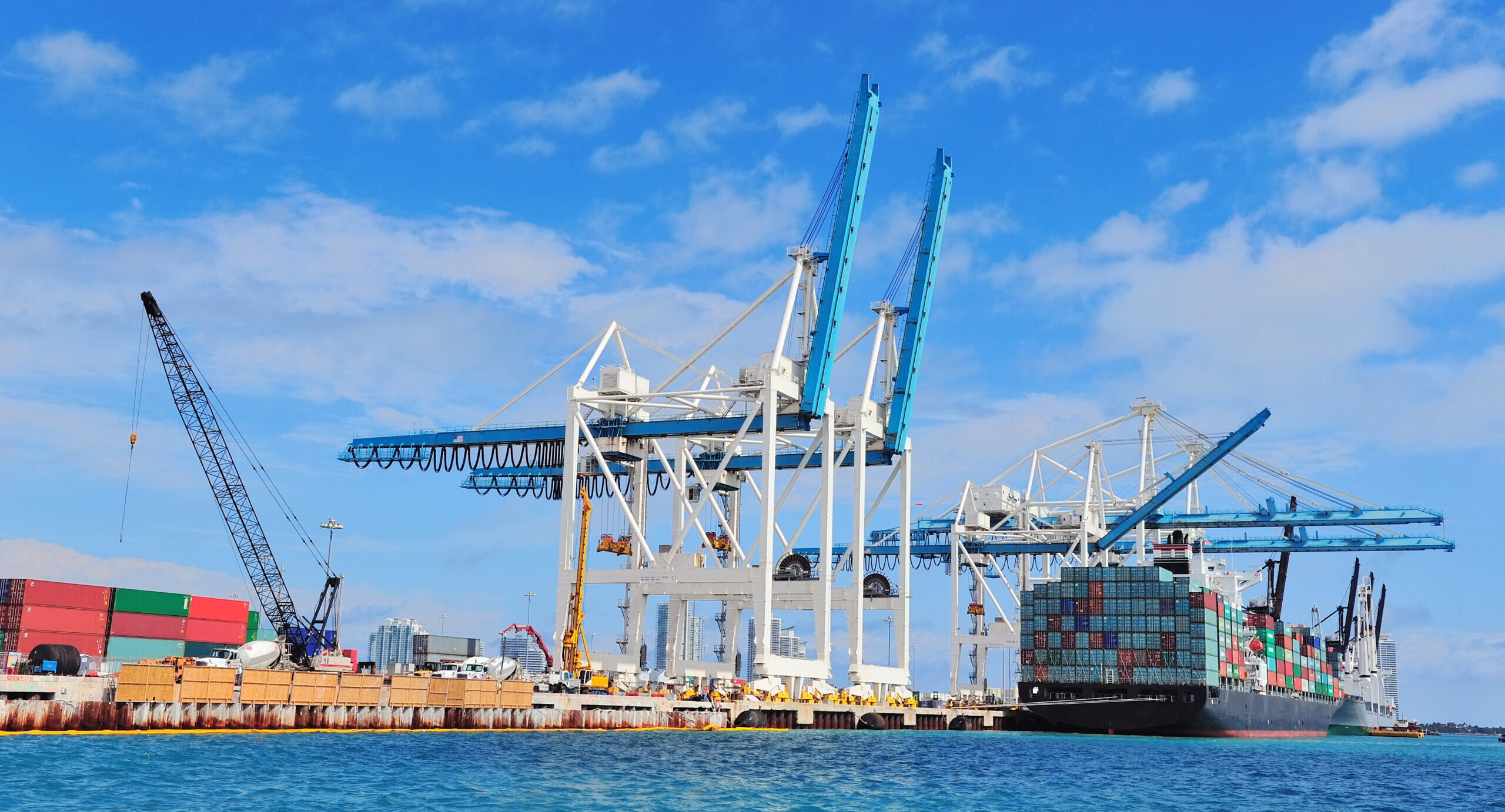In the latest twist in tariff news, former President Donald Trump’s announcement of aggressive “reciprocal tariffs” sent shockwaves through the global trading system.
Calling it “liberation day,” his April 2 announcement marked a major shift in U.S. trade policy, one that rattled financial markets around the world.
Just days later, on April 9, Trump hit pause on some of those tariffs for 90 days, a move that briefly calmed investors and sparked a relief rally in stock markets. But despite the temporary pause, the uncertainty around trade remains very real.
The big question now? In this wave of tariff news and policy shifts, who’s coming out ahead, and who’s feeling the pressure? Let’s break down the winners and losers of the 25% tariff shake-up.
Trump Calls Tariffs ‘Medicine’ as Markets React Sharply
The former U.S. President remarked that foreign nations would need to pay “a lot of money” to have broad tariffs removed, calling them a form of “medicine” for the U.S. economy.
His comments have intensified unease in global markets, triggering sharp declines in Asian stocks during early Monday trading.
Meanwhile, U.S. futures also opened significantly lower as investors reacted to fears that the tariffs could fuel inflation, dampen consumer demand, and heighten the risk of a global slowdown.
This development in Trump tariff news is prompting renewed scrutiny of international trade relations and economic stability.
Talks on Hold: Trump Pushes for Annual Payments in China Tariff Dispute
Amid escalating China tariff news, former President Donald Trump stated that negotiations with foreign governments would only proceed if the U.S. receives substantial annual payments.
“They want to negotiate, but there will be no talks unless they agree to pay us a lot of money every year,” Trump said.
Markets React to Tariff Announcement
Trump’s latest tariff remarks sent shockwaves through global markets, triggering swift retaliatory measures from China and renewing fears of a trade war that could slow down global economic growth.
Is it a Strategy or a Shift?
The move has left investors and political leaders uncertain.
Are these tariffs a permanent shift in trade policy, or a bargaining tactic to pressure countries into new trade deals?
White House Officials Defend Tariffs
On Sunday political shows, Trump’s economic advisers characterized the tariffs as a strategic repositioning of the U.S. in the global trade landscape.
Treasury Secretary Scott Bessent shared that more than 50 nations have opened negotiations since the policy was announced.
“He’s gained maximum leverage,” Bessent said during an interview on NBC’s Meet the Press, sparking even more attention in China tariff news discussions.
Where Does China Stand Now?
In the short term, China appears to be reacting defensively to these aggressive trade moves.
Yet it continues to play a central role in global trade and remains an influential economic power.
Looking Ahead: Global Stability at Stake
Whether these tensions evolve into lasting disruption or lead to mutual compromise remains to be seen.
A balanced resolution would benefit not only China and the U.S. but also the broader international economy.
Who Are the Winners of the 25% Tariff?

While the 25% tariff has sparked concerns across global markets, it has also created clear advantages for certain sectors and businesses.
Here’s a look at the industries and players who stand to benefit from the ongoing tariff developments:
1. Domestic Manufacturers
With imported goods facing higher costs, U.S.-based manufacturers producing similar products are among the biggest winners.
The tariff helps level the playing field, allowing local producers to compete more effectively against cheaper foreign imports.
2. U.S. Steel and Aluminum Industry
Industries like steel and aluminum, historically impacted by low-cost imports from countries like China, are seeing a rise in demand and pricing power within the U.S. market due to reduced competition.
3. Alternative Suppliers Outside China
The 25% tariff has forced many U.S. companies to explore suppliers beyond China.
Countries like Vietnam, India, Mexico, and others are emerging as alternative sourcing hubs, opening new trade opportunities for their local industries.
4. U.S. Government (Tariff Revenue)
Higher tariffs mean increased revenue for the U.S. government, at least in the short term.
These funds can be used for domestic programs or to offset trade-related losses in other sectors.
5. Logistics & Supply Chain Consultants
With companies scrambling to redesign their supply chains to avoid tariffs, logistics consultants, trade compliance experts, and sourcing strategists are seeing higher demand for their services.
Who’s Feeling the Heat from the 25% Tariff?
While some sectors gained from the tariff, many others are facing direct challenges. Here’s a brief look at who’s feeling the pressure the most:
1. Import-Heavy U.S. Businesses
Retailers, manufacturers, and distributors relying heavily on Chinese imports now face higher costs, squeezing profit margins or forcing them to raise prices for consumers.
2. Consumers
Ultimately, higher import costs often lead to increased prices on everyday goods, from electronics and machinery to clothing and home products, impacting American consumers directly.
3. Global Exporters (Especially China)
In the latest China tariff news, exporters in China are among the hardest hit, with reduced orders from U.S. buyers and mounting uncertainty over future trade flows.
4. Small Businesses
Unlike larger corporations, smaller businesses often lack the resources to quickly shift supply chains or absorb higher tariffs, making them especially vulnerable.
5. Global Market Stability
Uncertainty caused by the tariff war has rattled financial markets worldwide, with investors wary of potential global slowdown risks driven by trade disruptions.
Navigate Trade Uncertainty with Teamship
With rising tariffs, shifting suppliers, and global trade tensions making headlines, businesses today are facing more supply chain challenges than ever.
Teamship helps brands and 3PLs stay agile in uncertain times.
From finding the right warehouse faster to managing inventory across locations, Teamship gives businesses the tools they need to simplify operations and stay ahead, even when trade conditions get complicated.
Want to see how it works? Let’s talk about how Teamship can help your business navigate supply chain challenges.
Final Thoughts
While the tariff landscape continues to evolve, these winners highlight how shifting trade policies can create new opportunities even amid market uncertainty.
However, whether these gains are sustainable will depend on how long the tariff measures remain in place and how global trade relationships develop over time.
Frequently Asked Questions
1. Are tariffs permanent, or can they be reversed?
Tariffs are rarely permanent. They are often introduced as negotiation tools during trade disputes.
However, how long they last depends on ongoing talks between countries, which can sometimes take years to resolve.
2. Do tariffs apply to all products from a country?
No, tariffs usually target specific categories or product types, not everything from a particular country.
Each tariff announcement comes with a detailed list of affected goods, so it’s important for businesses to stay updated.
3. Who actually pays the tariff, the foreign country or the importer?
Tariffs are paid by the importer, typically the U.S. company bringing in the goods.
While tariffs are designed to pressure foreign exporters, the immediate financial impact falls on importers, often leading to higher prices for consumers.

